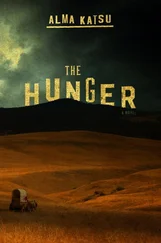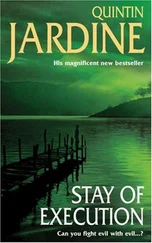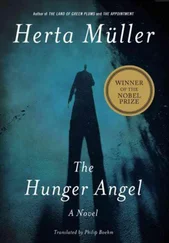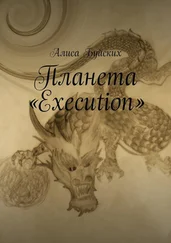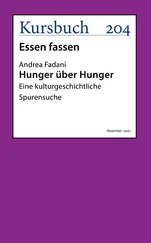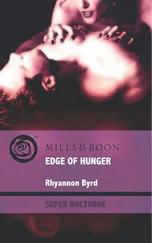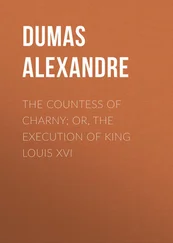Famines broke out throughout the Soviet Union, in Kazakhstan (Soviet Central Asia), in the Kuban (North Caucasus) area, and in the Don River area, but here I deal exclusively with the famine of 1932–33 in Ukraine.
It is generally believed by some that the famine of 1932–33 in Ukraine was the result of the collectivization. Others believe that it was an artificial famine, forcibly induced upon farmers for the purpose of herding them into collective farms. And finally, still others feel that it was a genocidal famine, the outcome of a deliberate and premeditated plan, undertaken as a means of destroying the Ukrainian people as a nation.
It is outside the scope of this book to analyze the causes of the famine. That must be left to historians and economists. However, I feel beyond any doubt that this famine had political and nationalistic, or rather, antinationalistic overtones. I believe there was a direct connection between this famine and the policies toward nationalism, especially in the Ukrainian Republic.
Along its collectivization policy, Moscow had in 1929 initiated a full-scale campaign against anything that could identify Ukraine as a separate nation, starting with the destruction of Ukrainian scientific and cultural organizations and institutions, and ending with the arrest, execution, or banishment to concentration camps of all those who dared to raise their voices in defense of Ukrainian self-determination.
But the most brutal campaign was carried out against the Ukrainian farmers. Moscow realized that the Ukrainian farmers were the mainstay of the national movement, as they were the ones who most obstinately clung to their national identity and opposed both Russian colonial rule and the Soviet regime. Stalin himself wrote that the farmers constitute the driving power of the national movement. He emphasized that the nationalist question was actually the farmers’ question.
Before going any further, I must explain two terms which I consider essential for the reader to understand: farmer/peasant; and kurkul/kulak .
The English translation of Ukrainian word selianyn as “peasant” is not only imprecise but even misleading. According to available reference sources, “peasant” is a person engaged in agricultural labor, a farm hand, as the Ukrainian batrak had been in the past. However, the Ukrainian selianyn always cultivated his land. No matter how small his landholding, he was his own farmer. In contrast to the Russian krestianin , who as a serf was the property of his landlord, to be bought and sold, the Ukrainian selianyn was a free Cossack-farmer before the Russian occupation of Ukraine. For this historical reason Ukrainian farmers had a much stronger sense of private ownership and deeper feeling of freedom and independence. Therefore I strongly feel that the word selianyn is most properly translated by the word “farmer,” and I am using it throughout my book instead of the word “peasant,” which I use only in references to organizations, concepts, or quotations.
The word kurkul in Ukrainian, or kulak in Russian, was officially defined in the Soviet Union as a village usurer, or rich farmer. This definition found ready recognition in the West and consequently we often hear here that kulak means a rich or well-to-do farmer.
Such a translation or interpretation of this epithet is wrong and misleading because the person labeled a kulak by the Communists was often a pauper in comparison to an American tenant farmer.
The label kulak was widely used during the collectivization of agriculture, and it became a term of abuse for all farmers whom the state wanted to destroy.
This book has a long history. The first 24 chapters were written before 1953, the twentieth anniversary of the famine. Thirty years later, approaching my seventieth year, wiser and more critical, I decided to complete it and place it in the hands of readers. During this long span of time, I was constantly engrossed by these great human tragedies, still not fully comprehended by many. I am now confident that I have fully appraised the events under consideration and have come to my own unequivocal conclusion.
History has not recorded another such crime as the famine perpetrated against an entire nation, nor one ever carried out in such a cold-blooded manner. I have researched famines, looking to history for an occurrence comparable to the Ukrainian famine. There have been many cases, such as the Irish potato famine in the middle of the nineteenth century and famines in China and India that occurred periodically and killed millions of humans. Yet, all these calamities had natural causes that were at the time humanly impossible to prevent. They were the results of crop failures due to weather or to ravages by insects and vermin. The Irish potato famine was due to the failure of the potato crop, a staple of Irish diet, and the famines in China and India were brought about by drought and overpopulation.
But the famine of 1932–33 in Ukraine was a political famine. In the words of Malcolm Muggeridge, who personally witnessed the famine, “it was the deliberate creation of a bureaucratic mind.” Indeed it was a genocidal famine, the one that was employed by Stalin and his followers as a means of subduing the Ukrainian farmers.
The famine of 1932–33 in the Soviet Union has been an entirely ignored, neglected, misinterpreted, and distorted event. To this day even though Soviet dignitaries themselves matter-of-factly discuss it, some “experts” on the Soviet Union (“Sovietologists”) here in the United States persistently adhere to the original Soviet denial of its existence. This probably explains why no thorough study of this famine has ever been made in the USA. Americans have had difficulty in accepting a story so unbelievably inhuman.
In this book, I have described what happened in my village during those four years, between 1929 and 1923. It is a reconstruction of what I saw and experienced personally. Everything recorded actually happened; only authenticated facts are presented. Although conversations and speeches are not reproduced verbatim, they accurately convey what was said at specific times. I based them on living memories.
Some of my readers will wonder how I could reconstruct so many events, in such detail, after so many years. Actually, there is no mystery involved. First of all, one does not forget the trauma and tragedy of one’s life, no matter how hard one tries. Secondly, one cannot forget the details of one’s struggle to survive. This was the time when all people, in all of Ukraine, lived from one campaign to another, from one leader’s speech to another, from one Party resolution to another, from one government decree to another, and finally from one village or factory meeting to another. I cannot forget these things. Details and dates of the events described within this book have been verified through Soviet periodicals of that time which can be found in major American libraries. This book gives an accurate portrayal of events in my village during the collectivization.
There is one other detail that must be pointed out to my readers: Miron Dolot is my pen name, under which I have published articles and brochures about the famine in the USA, Germany, and Switzerland.
IGREW UP in a typical Ukrainian village, in the county of Cherkasy, some hundred miles south of Kiev, the capital city of Ukraine. My village stood on the north bank of the Tiasmyn River, one of the many tributaries of the Dnipro (Dnieper) River, and it was beautiful. Green hills rose in the south behind the river, and the rich tar-black soil of the plains stretched to the north. The plains were divided into strips of fields. Every spring and summer these strips would disappear beneath miles of wheat. Waves of rich grain, green in spring and golden in summer, gently rolled in the summer breeze. After the harvest, the fields again bared their soil as if in mourning for their lost beauty. Near the end of the year, the new cycle of color—winter’s white—blended with the horizon of the plains into the gray-blue frosty sky.
Читать дальше

